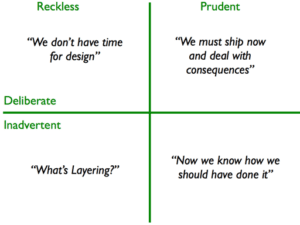Becoming sustainable is a three-pronged process. You must save money and push the buttons the government is pressing you to. But there?s a deeper, more urgent issue. If your customers mark you down for not being green enough you are heading for trouble. Let’s see how well this hotel is doing.
The Melbourne flagship of the Westin hotel chain boasts 262 spacious rooms with views of Melbourne Square and surrounding theatres, designer boutiques, galleries and national landmarks. The architects included conference facilities, a wellness centre and sundry bars and restaurants. After climate change arrived to stay, hotel management discovered they had inherited a water and energy-greedy monster. Their solution was to measure what was going through their systems, and then progressively cap the building?s greedy appetite.
The Melbourne Westin Hotel could not have achieved results without these metrics. They began by determining key indicators and measuring them. This provided them with criteria to set achievable, cost effective targets in the following key areas of their business:
- Water Management ? Demand-based linen and towel recycling, installation of back-washable water filters, water-saving shower heads, dual-flush toilets.
- Waste Management ? Conversion to green products, recycling kitchen oil, moving towards a paperless office, recycling everything possible.
- Energy Management ? Energy-efficient light bulbs, standby settings for lights, computers, televisions and air conditioners
- Stakeholder Communication ? Staff green-team training, guest education, ongoing employee briefings
- Strategic Positioning ? Visible, top-down commitment, optimised carbon offsets from clean, renewable energy sources, clearly stated position in the market
Westin?s Melbourne landmark has made good progress towards becoming the green hotel for others to follow. It has adjusted its environmental policies, increased water and energy awareness and implemented tight waste management.
Consumers are already shopping to make their carbon footsteps lighter. Food stores are on the bandwagon although apparel is lagging. Perhaps it’s time you found out just how your company is shaping up. It’s no longer a matter of ?if carbon taxes?. It’s a matter of ?when it does?.
ecoVaro is a software system-in-the-cloud that lets you enter your water and energy consumption and process it online so you can monitor and manage your usage. In no time at all you could be saving money like Westin Melbourne did. Does that sound like something worth investigating?
Contact Us
- (+353)(0)1-443-3807 – IRL
- (+44)(0)20-7193-9751 – UK


